The 8pi spectrometer has now been retired from its time at TRIUMF-ISAC. It has been relocated to the Nuclear Science Laboratories at the Department of Chemistry, Simon Fraser University where it will be used for fission studies in its original configuration as a high-multiplicity spectrometer. Some 8pi HPGe detectors and electronics will be available as needed for trap-assisted decay spectroscopy at TITAN at TRIUMF.
At TRIUMF the 8pi spectrometer is superceeded by the new GRIFFIN facility for Radioactive decay studies.
The 8pi Spectrometer is a sophisticated device for studying the radioactive decay of exotic nuclei. The system is actually a combination of five sub-systems which work together to create a very powerful setup for sensitive measurements.
| The 8pi uses 20 Compton-suppressed Hyper-pure Germanium (Ge) detectors to observe the gamma rays emitted from excited states in daughter nuclei. The germanium crystals are held at a temperature below -175 degrees Celsius with the use of liquid nitrogen. The crystals also require a bias voltage of around 3000 Volts to operate correctly. | 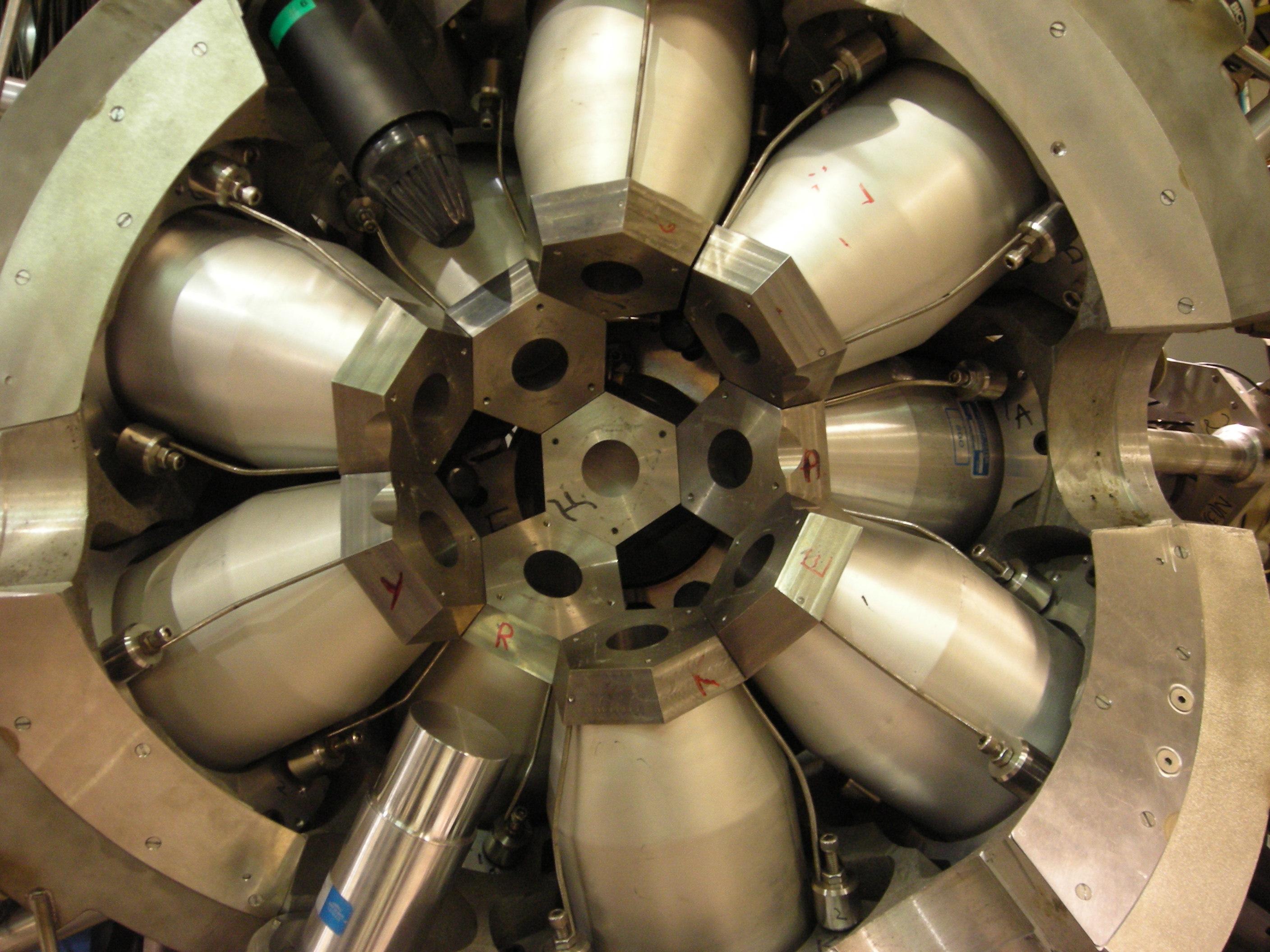 | |
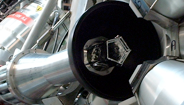 | SCEPTAR is a set of plastic scintillators which surround the radioactive sample at the centre of the 8pi. The scintillators detector the beta particles which are emitted when a nucleus decays. The signal from these detectors is used in coincidence with the Ge detectors to increase the sensitivity of the measurements. | |
| PACES is an array of 5 lithium-drfited silicon (Si(Li)) detectors located inside the vacuum chamber. They are used to detect Internal Conversion Electrons which can be emitted in the decay of excited states in nuclei. These detectors are also used to detect alpha particles which can be emitted when a heavy nucleus decays, this capability is especially important when working with Actinide beams at ISAC. They are cooled to liquid nitrogen temperatures to increase the energy resolution of the detectors. | 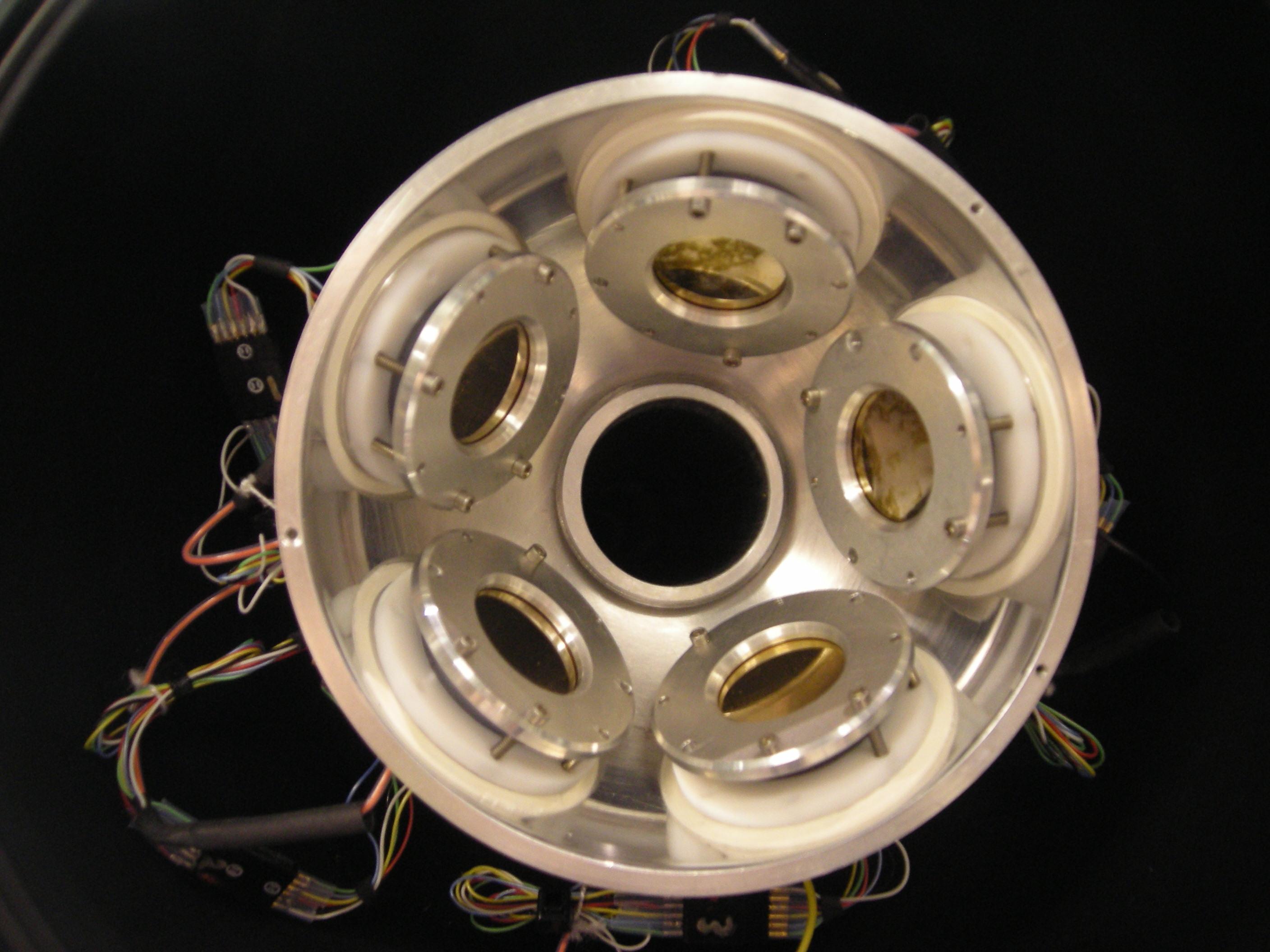 | |
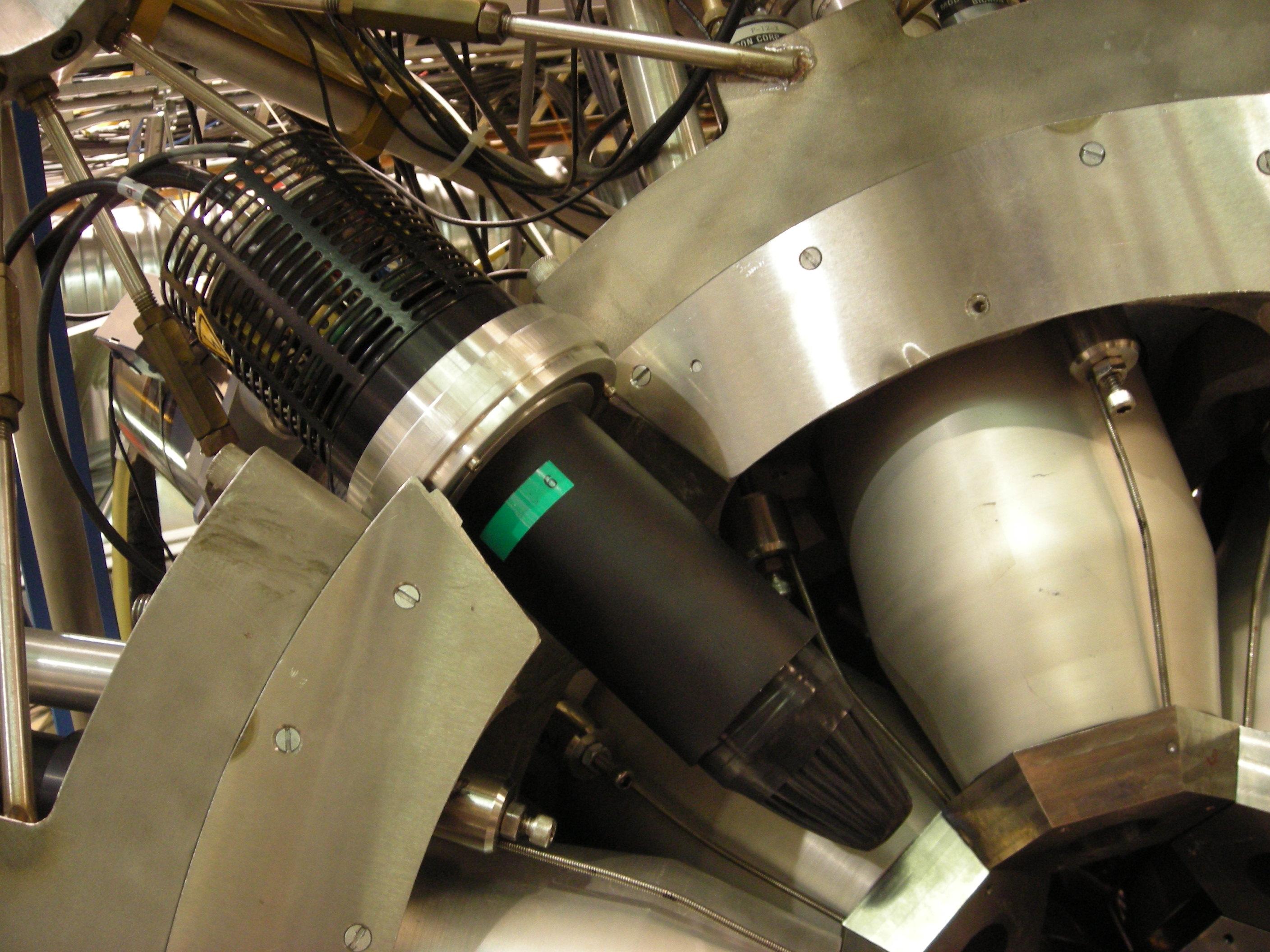 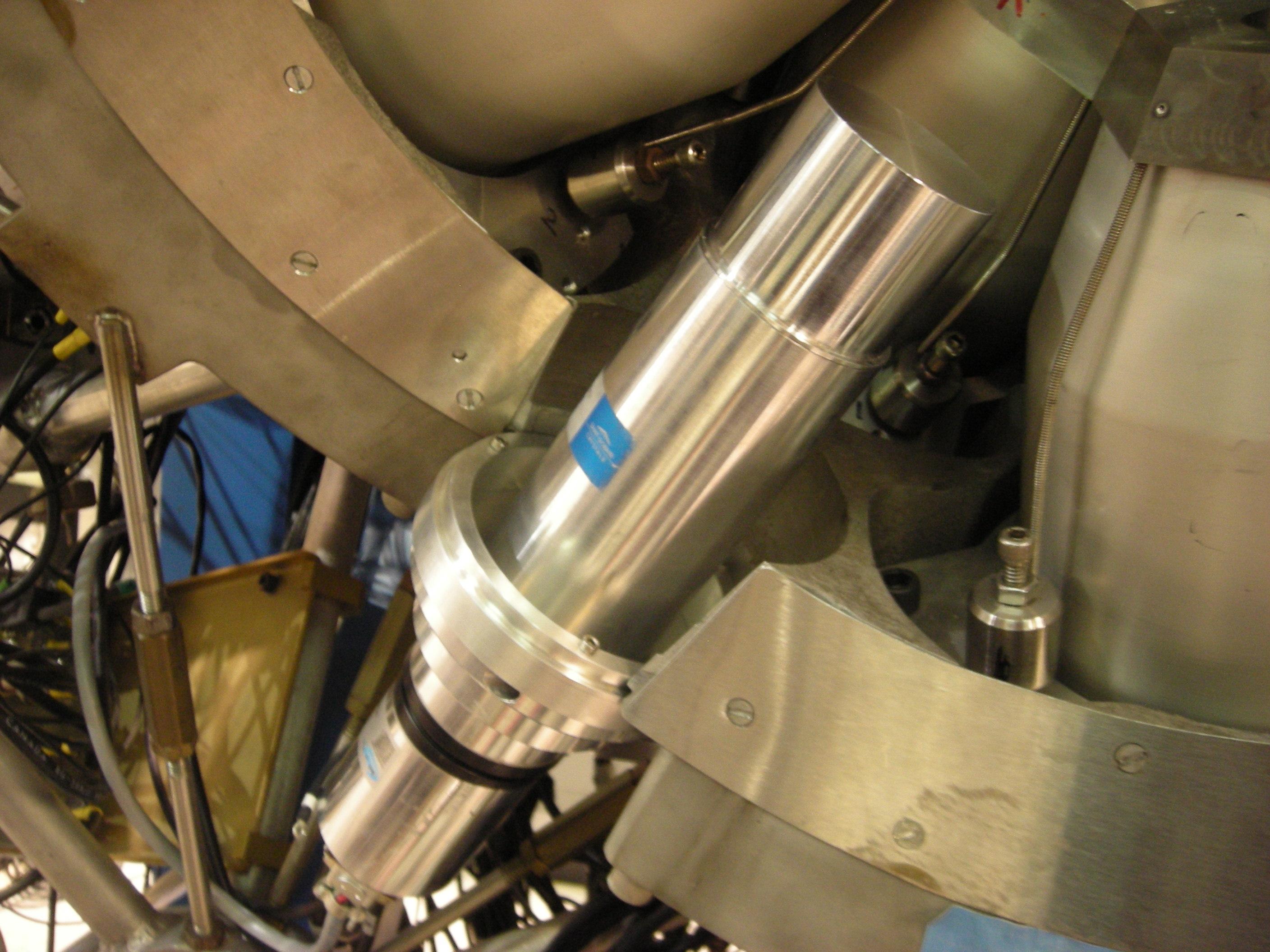 | There are 10 locations in the 8pi frame to house these fast scintillator detectors. The crystals are made of either barium floride (BaF2) or from cerium-doped lanthanum bromide (LaBr3(Ce)). These detectors are used to observe gamma rays emitted from excited states in daughter nuclei, just like the Ge detectors. Whereas Ge detectors have excellent energy resolution for gamma rays, these fast scintillators have a very good timing resolution for gamma rays but poor energy resolution. The fast-timing can be used to measure the lifetime of excited states in daughter nuclei which live for as short a time as 100 picoseconds, thats a ten thousandth of a millionth of a second. The combination of these two detector types is extremely complementary for measurements with the 8pi. | |
